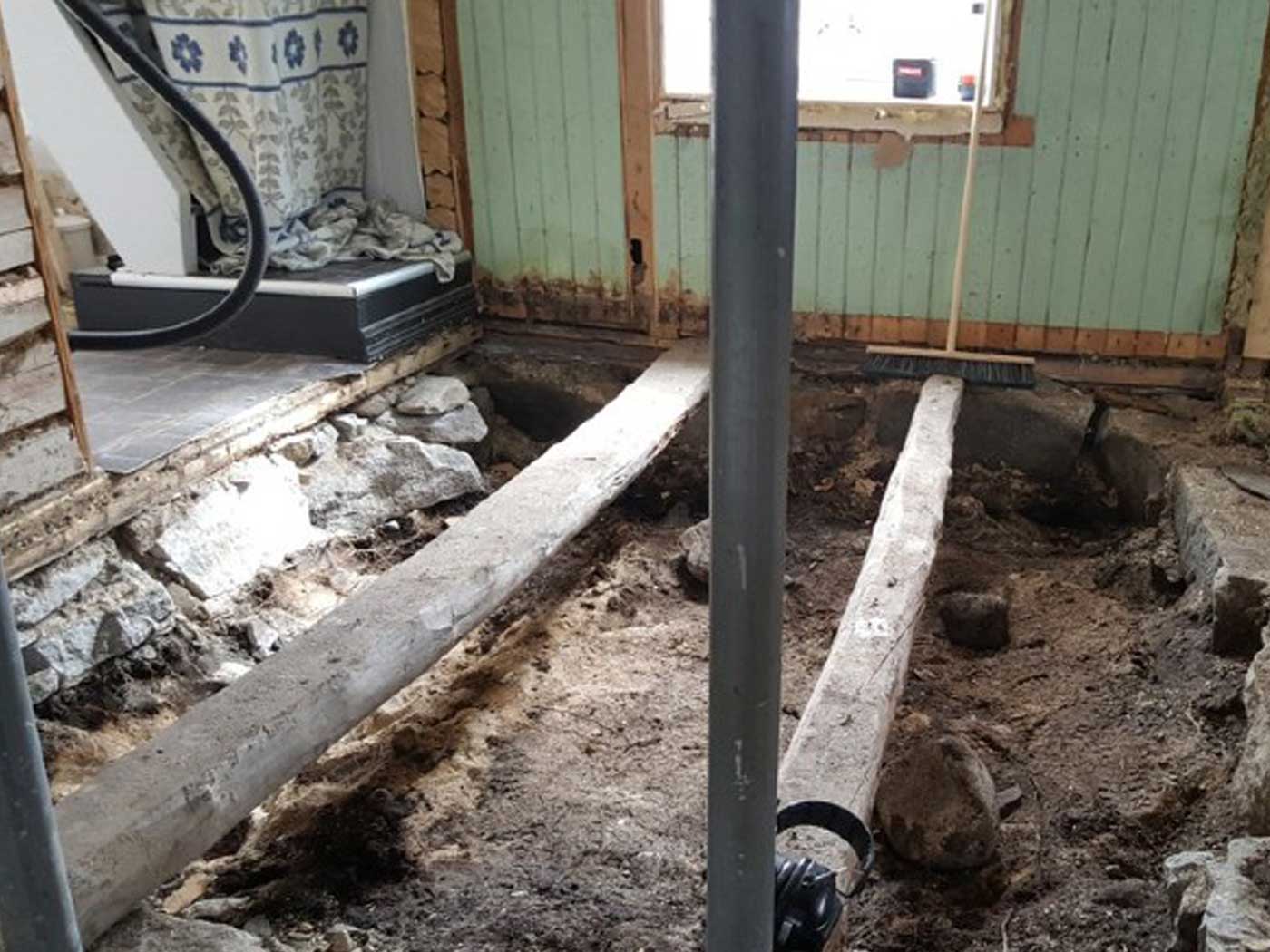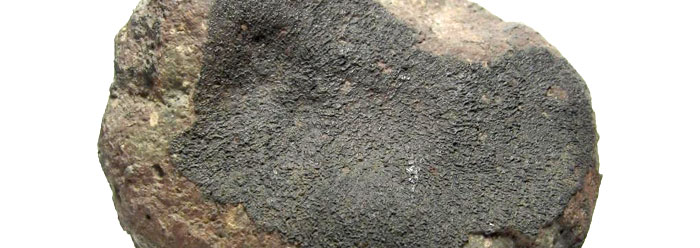by Brian Thomas, M.S., and John Morris, Ph.D. *
Geologists do not directly measure the age of a rock. They choose rocks containing radioactive “parent” isotopes that emit particles and radiation to become a different “daughter” element and measure ratios of elements to their isotopes. Attempts to transform these ratios into dates are where this becomes problematic. Assigning a date requires that the rate at which the parent decays into the daughter element has been the same throughout the rock’s history. It is similar to assuming that the constriction in an hourglass has always been the same diameter, and the same number of sand grains passes every minute.
Radioisotope decay rates are renowned for constancy under normal conditions, so this assumption appears reasonable. But two observations and two clues omitted from physics textbook discussions of radiodating show that these radioisotope “clocks” are broken.
First, scientists have observed that radioactive isotope (radioisotope) decay rates do fluctuate, including Th-228, Rn-22, and Si-32. Although these particular isotopes are not used to date rocks, they illustrate that radioisotope decay (radiodecay) is not always constant.1
Second, rocks observed to form on a particular date often show radioisotope age estimates far exceeding their actual ages. For example, when the fresh lava dome at Mount St. Helens was only ten years old, it showed a radioisotope age estimate of 340,000 years!2 Many such examples cast doubt on the entire dating method.3
Results like these prompted a team of seven creation researchers to investigate the causes of incorrect radioisotope age estimates. They found two clues in granite rock that are best explained by radioisotopes that decayed much faster in the past than they do today. One clue was abundant helium trapped in tiny zircon crystals inside granite.4 Decaying uranium atoms emit alpha particles, which are equivalent to helium nuclei. Helium escapes the crystals at a measurable rate. If granites are billions of years old, helium levels inside the crystals should have long since depleted. But crystals from supposedly billion-year-old granites are packed with helium. The best explanation for this is that radioactive decay that would normally take billions of years actually occurred very quickly.
The presence of abundant microscopic radiohalos in granite—darkened scars on certain minerals within granite—provided the second clue. Radioactive polonium-210 emits particles to quickly become lead-206. Also, as hot liquid magma cools to form solid granite, it can only capture the short-lived polonium radiohalos at a specific temperature range—allowing a time window of just days. Researchers found many short-lived polonium radiohalos right beside uranium radiohalos, which would not be expected. The best explanation for slow-cooling granite and quick-forming radiohalos is accelerated decay. Billions of years’ worth of uranium decay (at today’s rates) must have occurred within polonium’s lifetime of hundreds of days. This could only occur if radiodecay was once much faster.4
What could have caused the acceleration? Scientists have discovered a few conditions, such as ionization5 and fluid transport of daughter products,6 but nobody yet knows the exact cause of the acceleration.
Trapped helium and short-lived polonium radiohalos present in granite suggest that radiodecay rates were once much higher than they are today. Plus, significantly older radiodates for rocks of a known age show that radiometric dating is not reliable. Although radioisotope methods may have some use in estimating relative ages of rocks, radioisotope methods give inflated age estimates, often because they falsely assume a constant decay rate.7
References
- Thomas, B. Fluctuations Show Radioisotope Decay Is Unreliable. Creation Science Updates. Posted on icr.org July 29, 2011, accessed January 2, 2013.
- Austin, Steven A. 1996. Excess Argon within Mineral Concentrates from the New Dacite Lava Dome at Mount St. Helens Volcano. Creation Ex Nihilo Technical Journal. 10 (3): 335-343.
- Snelling, A. A. 1999. “Excess Argon”: The “Archilles’ Heel” of Potassium-Argon and Argon-Argon “Dating” of Volcanic Rocks. Acts & Facts. 28 (1).
- Humphreys, D. R. 2006. A Tale of Two Hourglasses. Acts & Facts. 35 (12).
- Jung, M. et al. 1992. First observation of bound-state β- decay. Physical Review Letters. 69 (15): 2164–2167.
- Frost, C. D. and Frost B. R. 1995. Open-system dehydration of amphibolite, Morton Pass, Wyoming: Elemental and Nd and Sr isotopic effects. The Journal of Geology. 103: 269-284.
- Baumgardner, J. 2012. Do radioisotope methods yield trustworthy relative ages for the earth’s rocks? Journal of Creation. 26 (3): 68-75.
* Mr. Thomas is Science Writer at the Institute for Creation Research, and Dr. Morris is President of the Institute for Creation Research.
Cite this article: Thomas, B. and J. Morris. 2013. Doesn’t Radioisotope Dating Prove Rocks Are Millions of Years Old? Acts & Facts. 42 (2): 20.



















